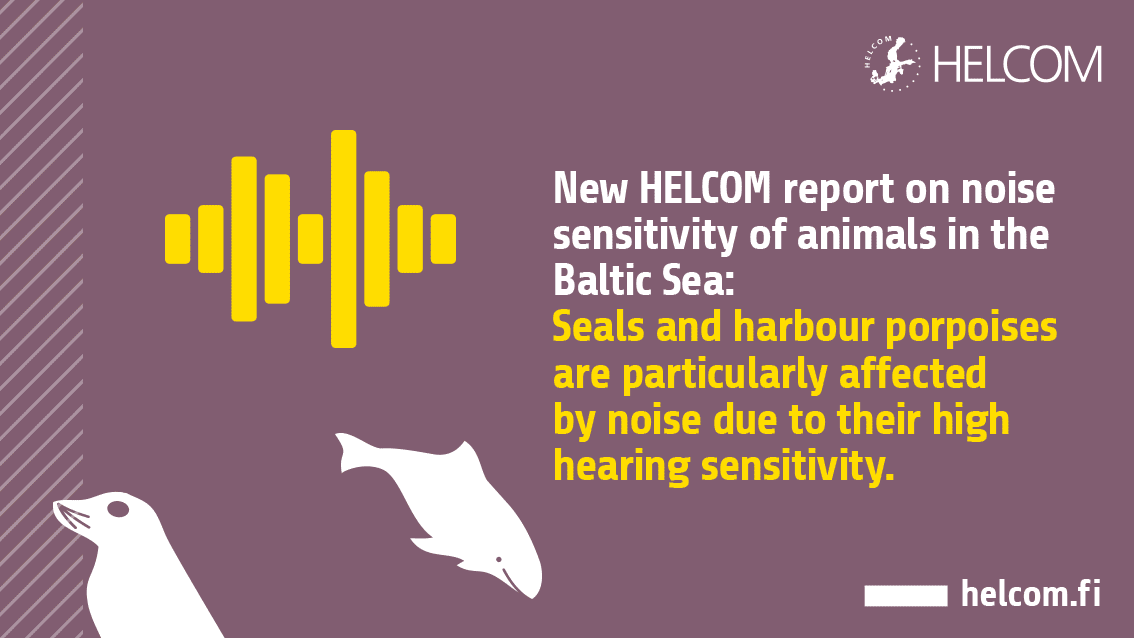
To better understand incidental bycatch of marine mammals and seabirds due to fishing, HELCOM and its sister organization from the North Sea, OSPAR, held a joint workshop in Copenhagen, Denmark from 3 to 5 September 2019.
Bycatch has been identified as a serious pressure on several species in both the North and Baltic Seas. According to estimates published in the HELCOM State of the Baltic Sea report, up to 200,000 seabirds drown annually in both seas, trapped in fishing gear.
The report further indicates that only 500 harbour porpoises and 100 ringed seals are estimated to remain in the Baltic Proper – the central part of the Baltic – and the eastern part of the Gulf of Finland respectively. Bycatch is therefore a major threat to these already low populations.
“The North and Baltic Seas have a direct ecological connection, with species freely moving between the two basins,” said Jannica Haldin, the HELCOM Professional Secretary in charge of biodiversity, further stressing that a common approach is essential to effectively address the bycatch issue.
By the same token, the workshop paved the way towards a proposal for joint conservation objectives on incidental bycatch between the two sister seas, which may further lead to the development of a common regional indicator on bycatch applicable in both areas.
HELCOM already has its own indicator on bycatch – Number of drowned mammals and waterbirds in fishing gear – which currently makes a descriptive evaluation of whether the number of drowned marine mammals and seabirds are below the level considered to reflect sustainable levels.
In addition to benefitting the countries that are members of both HELCOM and OSPAR, namely Denmark, Germany and Sweden, a joint approach on bycatch would also facilitate the national efforts of EU countries to assess the mortality rate from incidental bycatch per species as set by the EU’s Marine Strategy Framework Directive (MSFD).
In Copenhagen, it also became clear that more data on small fishing vessels is urgently needed. Unlike larger vessels, small boats are currently not generally required to report on their fishing activities, complicating bycatch assessments.
“Small vessels make up a large part of the fisheries in the Baltic Sea. Due to their lower capacities they tend to operate closer to the coast, which is also where many seabirds forage. This overlap leads to a higher likelihood of bycatch, often amplified by the type of fishing gear commonly used by smaller boats such as gillnets,” said Haldin.
During the workshop, it was suggested that mapping high-risk areas can help guide effective assessment of bycatch.
“Overlaying fishing data with species distribution and abundance can provide a good indication on where bycatch is likely to happen,” said Owen Rowe, the HELCOM project manager on indicators, adding that a solid risk assessment could help minimize bycatch.
The results of the workshop will now be considered at the respective working group levels in HELCOM and OSPAR. At HELCOM, the findings will further feed into the preparations of the next holistic assessment of the Baltic Sea, HOLAS III.


